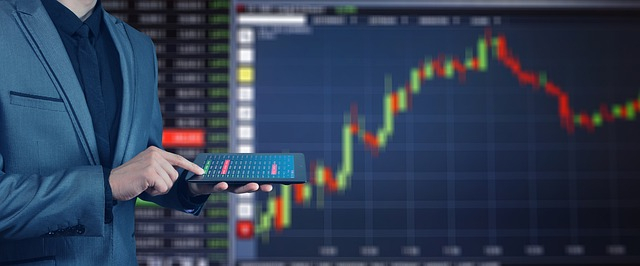The unemployment rate in Australia has ticked up in March though the economists warned that the worst is yet to come as the monthly data was collected before imposing the lockdowns and shutdowns to combat the deadly coronavirus or COVID-19.
The figures gathered from the Australian Bureau of Statistics (ABS) on Thursday showed that 5,900 net fresh jobs got added in March during the time when the analysts predicted a drop of 40,000.
The unemployment rate inched up to 5.2 percent from 5.1 percent in February, confounding expectations for a jump to 5.5 percent. The ABS cautioned Thursday's figures do not show the full impact of COVID-19 primarily due to the reference weeks falling in the first half of March before mobility restrictions, mandatory quarantine and shutdowns were put in place.
Unemployment rate to increase in Australia

"These figures are likely to deteriorate sharply in April where we expect a large rise in unemployment, which we forecast to reach 11.75 percent by mid-year," said National Australia Bank economist Kaixin Owyong. "Widespread reports of workers being stood down and hours being cut as businesses grapple with a sharp pullback in demand for their goods and services should result in a collapse in hours worked and a sharp rise in underemployment," Owyong added.
"We also expect labour force participation to fall in coming months as workers are prevented or discouraged from looking for work amid the coronavirus pandemic." The participation rate in March was steady at 66.0 percent. Australia's total number of coronavirus infections are relatively small while daily new cases have been slowing. However, the outbreak has spread rapidly from less than 100 cases in March to nearly 6,500 now.
Analysts expect GDP to contract 3.3% in 2020
Analysts polled by Reuters expect Australia's A$2 trillion ($1.3 trillion) of annual gross domestic product (GDP) to contract 3.3 percent in 2020. Just a few months ago they had expected a 2.3 percent expansion. In a bid to blunt the economic damage, the Reserve Bank of Australia (RBA) has gone all-in by cutting rates to a record low of 0.25 percent, flooding the financial system with cash and even buying government bonds to lower borrowing rates for business.
And, Prime Minister Scott Morrison has jettisoned much of his conservative government's ideology of fiscal prudence and pledged spending worth more than 10 percent of GDP, including an A$130 billion subsidy to employers to keep the staff they might otherwise have let go.
Westpac chief economist Bill Evans estimates that without the subsidy, unemployment would have soared to 17 percent by the end of June, but would now "only" reach nine percent. The ABS will release a new weekly series for payroll jobs and wages which, analysts say, will be a more timely gauge of the labour market.
(With agency inputs)








